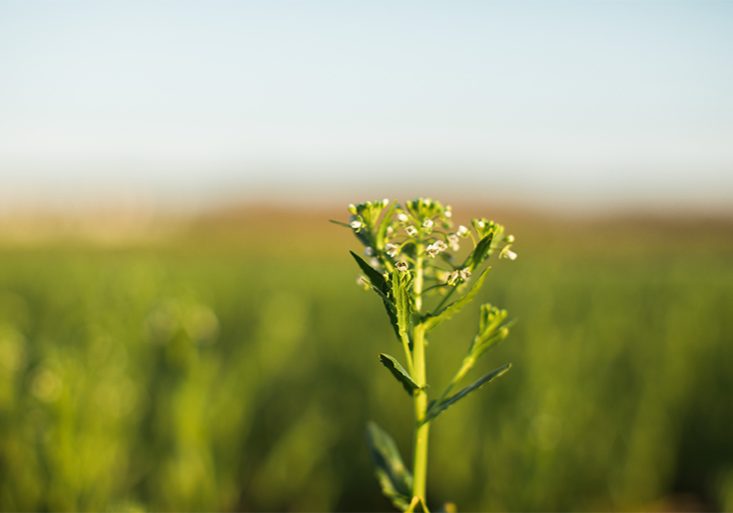
Field pennycress, a plant in the Brassica family related to mustards and cabbages, is usually considered a weed. But one feature made it less of a wallflower: its very high oil content, about 50% higher than that of a soybean. After close to a decade of controlled breeding and gene-splicing, the onetime weed is being cultivated as a source for renewable diesel or sustainable aviation fuel.
“Today the dominant feedstock oil source for [biofuels] would be soybeans, which creates this dynamic of, ‘Are we going to be using our soybean oil and our soybean meal for the fuel market vs. the food and feed markets?” says Mike DeCamp, the chief executive of CoverCress, the company that developed field pennycress. The plant, now also dubbed CoverCress, is aimed for cultivation on farms in harvest offseasons, as a so-called cover crop that can help prevent erosion and provide revenue when primary crops are fallow.
Learn more in this Wall Street Journal article!
